Home>Furniture & Design>Bathroom Accessories>How To Wire Up A Bathroom Exhaust Fan
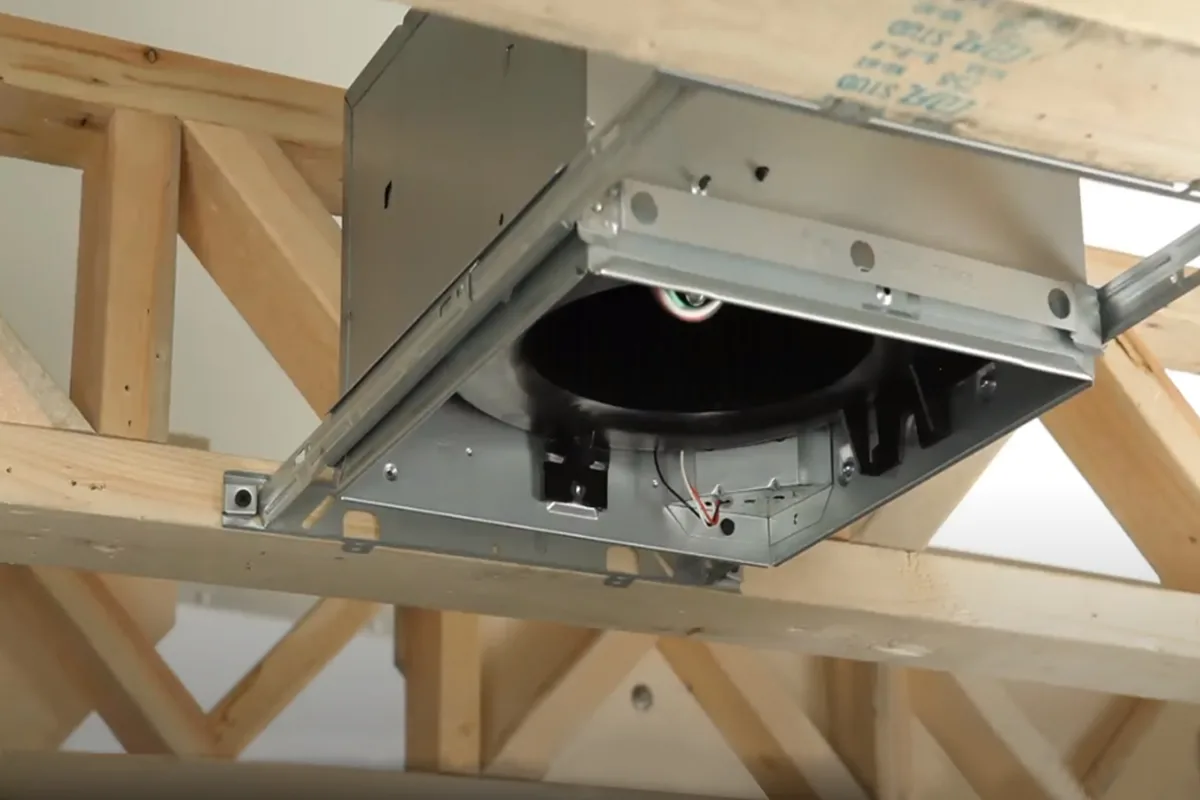

Bathroom Accessories
How To Wire Up A Bathroom Exhaust Fan
Modified: February 18, 2024
Learn how to wire up a bathroom exhaust fan with our step-by-step guide. Ensure proper ventilation and safety with our bathroom accessories expertise.
(Many of the links in this article redirect to a specific reviewed product. Your purchase of these products through affiliate links helps to generate commission for Storables.com, at no extra cost. Learn more)
Introduction
Installing a bathroom exhaust fan is a crucial step in maintaining good indoor air quality and preventing moisture-related issues such as mold and mildew. A properly functioning exhaust fan helps to remove excess humidity, odors, and airborne contaminants from the bathroom, promoting a healthier and more comfortable environment. Whether you're replacing an old fan or installing a new one, wiring up a bathroom exhaust fan is a task that requires careful attention to detail and adherence to safety protocols.
In this comprehensive guide, we will walk you through the step-by-step process of wiring up a bathroom exhaust fan. From gathering the necessary tools and materials to testing the fan after installation, each stage is essential to ensure a successful and safe outcome. By following these instructions, you can confidently tackle this project and enjoy the benefits of a well-ventilated bathroom.
Proper ventilation is essential for any bathroom, as it helps to reduce the accumulation of moisture, which can lead to structural damage and health hazards. By installing or replacing a bathroom exhaust fan, you can effectively mitigate these risks and maintain a fresh, dry, and odor-free space. Additionally, a well-ventilated bathroom contributes to the overall comfort of your home, making it a more inviting and pleasant environment for residents and guests alike.
Before diving into the installation process, it's important to familiarize yourself with the tools and materials required for the job. Equipping yourself with the right resources will streamline the installation process and ensure that you have everything you need to complete the task efficiently and safely. With the right approach and attention to detail, you can wire up a bathroom exhaust fan with confidence and achieve optimal ventilation in your bathroom.
Key Takeaways:
- Properly wiring a bathroom exhaust fan is crucial for maintaining a healthy and comfortable environment by removing excess humidity, odors, and airborne contaminants, preventing mold and mildew, and enhancing overall indoor air quality.
- Prioritizing safety, gathering the right tools and materials, and following a methodical installation process are essential for successfully wiring up a bathroom exhaust fan and ensuring a smooth and reliable ventilation system.
Read more: How To Wire A Bathroom Exhaust Fan
Step 1: Gather the necessary tools and materials
Before embarking on the installation of a bathroom exhaust fan, it's essential to gather the required tools and materials to ensure a smooth and efficient process. Here's a comprehensive list of items you'll need to have on hand:
Tools:
- Screwdriver: Both flathead and Phillips screwdrivers will be necessary for removing the old fan and securing the new one in place.
- Wire stripper: This tool is essential for safely removing the insulation from the electrical wires, allowing for proper connections.
- Circuit tester: A circuit tester is crucial for verifying that the power to the bathroom exhaust fan has been successfully turned off before beginning the installation.
- Drill: Depending on the type of fan and mounting requirements, a drill may be needed to create holes for securing the fan in place.
- Utility knife: A utility knife will come in handy for cutting and trimming any materials such as ductwork or wiring.
- Pliers: Having a pair of pliers available can assist in bending and securing wires as needed during the installation process.
Materials:
- Bathroom exhaust fan: Ensure that you have the new fan ready for installation, complete with all necessary components such as the fan housing, motor, and mounting hardware.
- Ductwork: If the installation requires ductwork, make sure you have the appropriate size and length of ducting to connect the fan to the exterior vent.
- Electrical cable: Depending on the existing wiring and the specifications of the new fan, you may need electrical cable to connect the fan to the power source.
- Wire connectors: These are essential for securely joining the electrical wires, ensuring a safe and reliable connection.
- Mounting hardware: Check that you have all the necessary screws and brackets to securely mount the fan in place.
- Vent cover: If the installation involves an exterior vent, ensure that you have a vent cover to prevent debris and pests from entering the ductwork.
By gathering these tools and materials in advance, you can streamline the installation process and minimize interruptions. Having everything readily available will enable you to proceed with confidence, knowing that you are well-prepared to wire up the new bathroom exhaust fan effectively and safely.
Step 2: Turn off the power
Before beginning any work on the electrical components of the bathroom exhaust fan, it is absolutely crucial to ensure that the power supply to the area is completely shut off. This step is essential for the safety of both the installer and the integrity of the electrical system.
To start, locate the circuit breaker or fuse box that controls the power supply to the bathroom. It's important to note that some homes may have a dedicated circuit for the bathroom, while others may have the bathroom tied to a larger circuit that powers multiple areas of the house. Identify the specific breaker or fuse that corresponds to the bathroom exhaust fan and switch it to the "off" position.
Once the power has been turned off at the breaker or fuse box, it's advisable to use a circuit tester to double-check that the electrical circuit is indeed inactive. This small, handheld device can verify the absence of electrical current, providing an extra layer of safety assurance before proceeding with the installation.
It's important to exercise caution and avoid making any assumptions about the status of the electrical supply. Even if the power appears to be off, always use a circuit tester to confirm that there is no live current running through the wires. This simple yet critical step can prevent accidental shocks or electrical hazards during the installation process.
Additionally, it's a good practice to inform other household members that the power to the bathroom will be temporarily shut off. Clear communication can help prevent accidental power restoration while work is in progress, reducing the risk of unexpected electrical incidents.
By diligently following these precautions and confirming the deactivation of the power supply, you can create a safe working environment for the installation of the bathroom exhaust fan. Prioritizing safety at this stage sets the foundation for a successful and secure wiring process, ensuring that the installation proceeds smoothly and without compromising the well-being of those involved.
Read more: How To Fix Bathroom Exhaust Fan
Step 3: Remove the old fan
Removing the old bathroom exhaust fan is a crucial step in the process of installing a new one. Whether the existing fan is malfunctioning, outdated, or simply in need of an upgrade, careful attention to detail is essential to ensure a smooth transition. Here's a detailed guide on how to effectively remove the old fan:
-
Turn off the Power: As mentioned in the previous step, it's imperative to ensure that the power supply to the bathroom is switched off before proceeding with the removal of the old fan. This precautionary measure minimizes the risk of electrical accidents during the removal process.
-
Access the Fan: Depending on the design of the existing fan, access to the unit may involve removing a cover or grille. In some cases, screws or clips secure the cover in place, and these must be carefully removed to expose the fan assembly.
-
Disconnect the Wiring: Once the fan assembly is accessible, identify the electrical wiring that connects the fan to the power source. Using a screwdriver, carefully detach the wire connectors or screws that secure the electrical wires. It's essential to handle the wiring with care and avoid damaging the insulation or conductors.
-
Remove the Mounting Hardware: With the electrical wiring disconnected, the next step is to remove the mounting hardware that secures the fan in place. This may involve unscrewing brackets or fasteners that hold the fan housing to the ceiling or wall. A screwdriver or drill may be necessary to loosen and remove the hardware.
-
Extract the Fan Assembly: Once the mounting hardware is detached, carefully extract the fan assembly from its position. Take care to support the weight of the fan to prevent it from falling during removal. If the fan is connected to ductwork, ensure that the ducting is also disconnected from the fan housing.
-
Inspect the Opening: After removing the old fan, take a moment to inspect the opening where the fan was installed. Check for any signs of damage, debris, or obstructions that may need attention before installing the new fan.
By following these detailed steps, you can effectively remove the old bathroom exhaust fan in preparation for the installation of a new unit. Taking the time to execute each step with precision sets the stage for a successful transition and ensures that the installation process proceeds smoothly and efficiently.
Step 4: Install the new fan
With the old bathroom exhaust fan successfully removed, it's time to proceed with the installation of the new fan. This step-by-step guide will walk you through the process of installing the new fan, ensuring that it is securely positioned and ready for wiring.
-
Prepare the Mounting Location: Before installing the new fan, ensure that the mounting location is clean and free of any debris or obstructions. If necessary, use a vacuum or damp cloth to remove dust and dirt from the area. Additionally, check the condition of the ductwork and make any adjustments or repairs as needed to facilitate the installation.
-
Position the New Fan: Carefully position the new fan at the designated mounting location, ensuring that it aligns with the existing opening in the ceiling or wall. If the fan is connected to ductwork, ensure that the ducting is properly aligned with the fan housing to facilitate a secure connection.
-
Secure the Mounting Hardware: Using the provided screws or brackets, secure the new fan in place according to the manufacturer's instructions. Depending on the design of the fan, you may need to use a screwdriver or drill to fasten the mounting hardware to the ceiling or wall. Ensure that the fan is firmly anchored and level to prevent any instability once installed.
-
Connect the Ductwork (if applicable): If the new fan is connected to ductwork for ventilation, carefully attach the ducting to the fan housing using appropriate connectors or clamps. It's essential to create a secure and airtight connection to ensure optimal airflow and ventilation efficiency.
-
Test the Fan Operation: Before proceeding with the wiring, it's advisable to conduct a brief test of the fan to ensure that it functions properly. This can be done by temporarily connecting the fan to a power source and verifying that it operates smoothly and quietly. If any issues are detected, address them before proceeding with the wiring.
By following these detailed steps, you can effectively install the new bathroom exhaust fan, setting the stage for the final phase of the installation process: connecting the wiring. Taking the time to position and secure the new fan with precision ensures that the installation proceeds smoothly and that the fan is ready to be integrated into the electrical system.
Step 5: Connect the wiring
Connecting the wiring for the new bathroom exhaust fan is a critical step that requires attention to detail and adherence to electrical safety standards. Properly wiring the fan ensures that it functions reliably and safely, effectively removing moisture and odors from the bathroom. Here's a detailed guide on how to connect the wiring for the new fan:
-
Prepare the Electrical Cable: If the new fan requires electrical wiring to be connected, prepare the electrical cable by stripping the insulation from the ends to expose the conductors. Using a wire stripper, carefully remove the appropriate length of insulation, taking care not to damage the conductors.
-
Identify the Electrical Wires: Once the electrical cable is prepared, identify the electrical wires within the fan housing. Typically, there will be black (hot), white (neutral), and green or bare (ground) wires. It's essential to verify the manufacturer's instructions to ensure accurate identification of the wires.
-
Make the Electrical Connections: With the wires identified, proceed to make the electrical connections. Using wire connectors, join the corresponding wires from the electrical cable to the wires within the fan housing. Connect the black wire from the electrical cable to the black (hot) wire of the fan, the white wire to the white (neutral) wire, and the green or bare wire to the grounding wire. Ensure that the connections are secure and that no exposed conductors are visible.
-
Secure the Wiring: After making the electrical connections, carefully tuck the connected wires into the fan housing, ensuring that they are neatly arranged and do not interfere with the fan's moving parts. If the fan includes a wiring compartment or junction box, follow the manufacturer's instructions for securing the wiring within the designated space.
-
Verify the Wiring Polarity: It's crucial to verify that the wiring polarity is correct to prevent electrical hazards and ensure the proper operation of the fan. Double-check that the black wire is connected to the hot terminal, the white wire to the neutral terminal, and the green or bare wire to the grounding terminal. This step is essential for maintaining electrical safety and preventing potential issues with the fan's performance.
By following these detailed steps, you can confidently connect the wiring for the new bathroom exhaust fan, ensuring that it is integrated into the electrical system safely and effectively. Attention to detail and adherence to electrical standards are paramount during this phase of the installation process, setting the stage for the final steps of securing the fan in place and testing its operation.
Make sure to turn off the power before starting the installation. Use the proper gauge wire for the fan and connect it to a dedicated circuit. Use wire connectors to secure the connections and test the fan before sealing everything up.
Step 6: Secure the fan in place
Securing the newly installed bathroom exhaust fan is a crucial step that ensures its stability, proper functionality, and long-term performance. By securely fastening the fan in place, you can mitigate the risk of vibrations, noise, and potential damage, creating a reliable ventilation solution for your bathroom. Here's a detailed guide on how to effectively secure the fan in its designated location:
-
Fasten Mounting Brackets: If the fan is designed to be secured using mounting brackets, carefully position the fan and attach the brackets to the ceiling or wall using appropriate screws or fasteners. Ensure that the brackets are aligned with the fan housing and securely anchored to provide stable support.
-
Adjust for Level: Once the mounting brackets are in place, verify that the fan is level and properly aligned with the opening in the ceiling or wall. Using a level tool, make any necessary adjustments to ensure that the fan is positioned evenly and does not tilt or wobble once secured.
-
Tighten Mounting Screws: If the fan housing features pre-drilled mounting holes, use the provided screws to secure the fan to the brackets or directly to the ceiling or wall. Carefully tighten the screws to ensure a firm and stable connection, taking care not to over-tighten and risk damaging the fan or the mounting surface.
-
Support Ductwork (if applicable): If the fan is connected to ductwork for ventilation, ensure that the ducting is adequately supported and securely attached to the fan housing. Use appropriate clamps or connectors to create a tight seal between the ductwork and the fan, preventing air leaks and ensuring efficient airflow.
-
Check for Clearance: Verify that the fan blades and any surrounding components have sufficient clearance for unobstructed operation. Ensure that no wires, insulation, or other materials interfere with the fan's moving parts, which could lead to noise, inefficiency, or potential damage.
-
Inspect the Installation: After securing the fan in place, conduct a thorough visual inspection to confirm that all mounting components are properly installed and that the fan is securely anchored. Check for any signs of instability or misalignment, addressing any issues promptly to ensure a reliable and safe installation.
By following these detailed steps, you can effectively secure the newly installed bathroom exhaust fan, setting the stage for the final phase of the installation process: testing the fan's operation. Taking the time to secure the fan with precision and attention to detail ensures that it functions optimally and contributes to a well-ventilated and comfortable bathroom environment.
Step 7: Test the fan
Testing the newly installed bathroom exhaust fan is a critical step that verifies its functionality, efficiency, and overall performance. By conducting a thorough test, you can ensure that the fan operates as intended, effectively removing moisture, odors, and airborne contaminants from the bathroom. Here's a detailed guide on how to test the fan and confirm its successful integration into the ventilation system:
-
Power Connection: Before testing the fan, double-check that the electrical connections are secure and that the power supply to the bathroom has been restored. If the fan includes a dedicated switch or control, ensure that it is in the "on" position to allow power to reach the fan.
-
Switch Activation: Activate the fan by using the designated switch or control. Listen for the sound of the fan motor and the movement of the fan blades, confirming that the unit is receiving power and initiating the ventilation process.
-
Airflow Verification: Stand near the fan's exhaust opening and verify that airflow is being expelled from the bathroom to the exterior. You can use a piece of lightweight material, such as tissue paper, to visually confirm the presence of airflow. The movement of the material indicates that the fan is effectively drawing air out of the bathroom.
-
Noise Level: While the fan is operational, pay attention to the noise level it produces. A well-functioning exhaust fan should operate quietly, without excessive vibrations or rattling. Any unusual noises or disturbances may indicate an issue that requires further attention.
-
Moisture and Odor Removal: Allow the fan to operate for a few minutes to assess its effectiveness in removing moisture and odors from the bathroom. Check for a noticeable reduction in humidity and the dissipation of any lingering odors, indicating that the fan is effectively ventilating the space.
-
Functional Testing: If the fan includes additional features such as built-in lighting or humidity sensors, test these functions to ensure that they operate as intended. Verify that the lighting illuminates, and if applicable, confirm that the humidity sensor triggers the fan to activate when moisture levels rise.
-
Observation Period: After testing the fan, observe its operation for a brief period to confirm consistent performance. Pay attention to any irregularities or unexpected behavior, addressing any concerns promptly to ensure the fan's reliable and continuous operation.
By following these detailed steps, you can effectively test the newly installed bathroom exhaust fan, confirming its successful integration into the ventilation system. Thorough testing ensures that the fan operates reliably, contributing to a well-ventilated, comfortable, and healthy bathroom environment.
Conclusion
In conclusion, wiring up a bathroom exhaust fan is a task that demands careful attention to detail, adherence to safety protocols, and a methodical approach to ensure a successful and reliable installation. By following the step-by-step process outlined in this guide, you can confidently tackle the installation or replacement of a bathroom exhaust fan, contributing to improved indoor air quality, moisture control, and overall comfort in your home.
Proper ventilation in the bathroom is essential for maintaining a healthy and pleasant living environment. A well-functioning exhaust fan effectively removes excess humidity, odors, and airborne contaminants, mitigating the risk of mold, mildew, and structural damage. Additionally, a well-ventilated bathroom enhances overall comfort and contributes to a more inviting and enjoyable space for residents and guests.
Throughout the installation process, prioritizing safety is paramount. From turning off the power supply to carefully handling electrical wiring, each step is crucial for creating a secure and hazard-free working environment. By exercising caution and confirming the deactivation of the power supply, you can mitigate the risk of electrical accidents and ensure a safe installation process.
Gathering the necessary tools and materials in advance streamlines the installation process, minimizing interruptions and ensuring that you have everything needed to complete the task efficiently. Equipping yourself with the right resources sets the stage for a smooth and successful installation, allowing you to proceed with confidence and precision.
Removing the old fan and installing the new unit require meticulous attention to detail. From disconnecting the wiring to securing the new fan in place, each step contributes to a seamless transition and ensures that the new fan is positioned and anchored effectively. Taking the time to position, secure, and test the new fan sets the foundation for reliable and efficient ventilation in the bathroom.
By testing the fan's operation and verifying its functionality, you can confirm its successful integration into the ventilation system, ensuring that it operates reliably and contributes to a well-ventilated and comfortable bathroom environment.
In essence, wiring up a bathroom exhaust fan is a rewarding endeavor that offers long-term benefits in terms of indoor air quality, comfort, and home maintenance. By following the comprehensive guide provided here, you can navigate the installation process with confidence, knowing that you are contributing to a healthier and more enjoyable living space for yourself and your household.
Frequently Asked Questions about How To Wire Up A Bathroom Exhaust Fan
Was this page helpful?
At Storables.com, we guarantee accurate and reliable information. Our content, validated by Expert Board Contributors, is crafted following stringent Editorial Policies. We're committed to providing you with well-researched, expert-backed insights for all your informational needs.
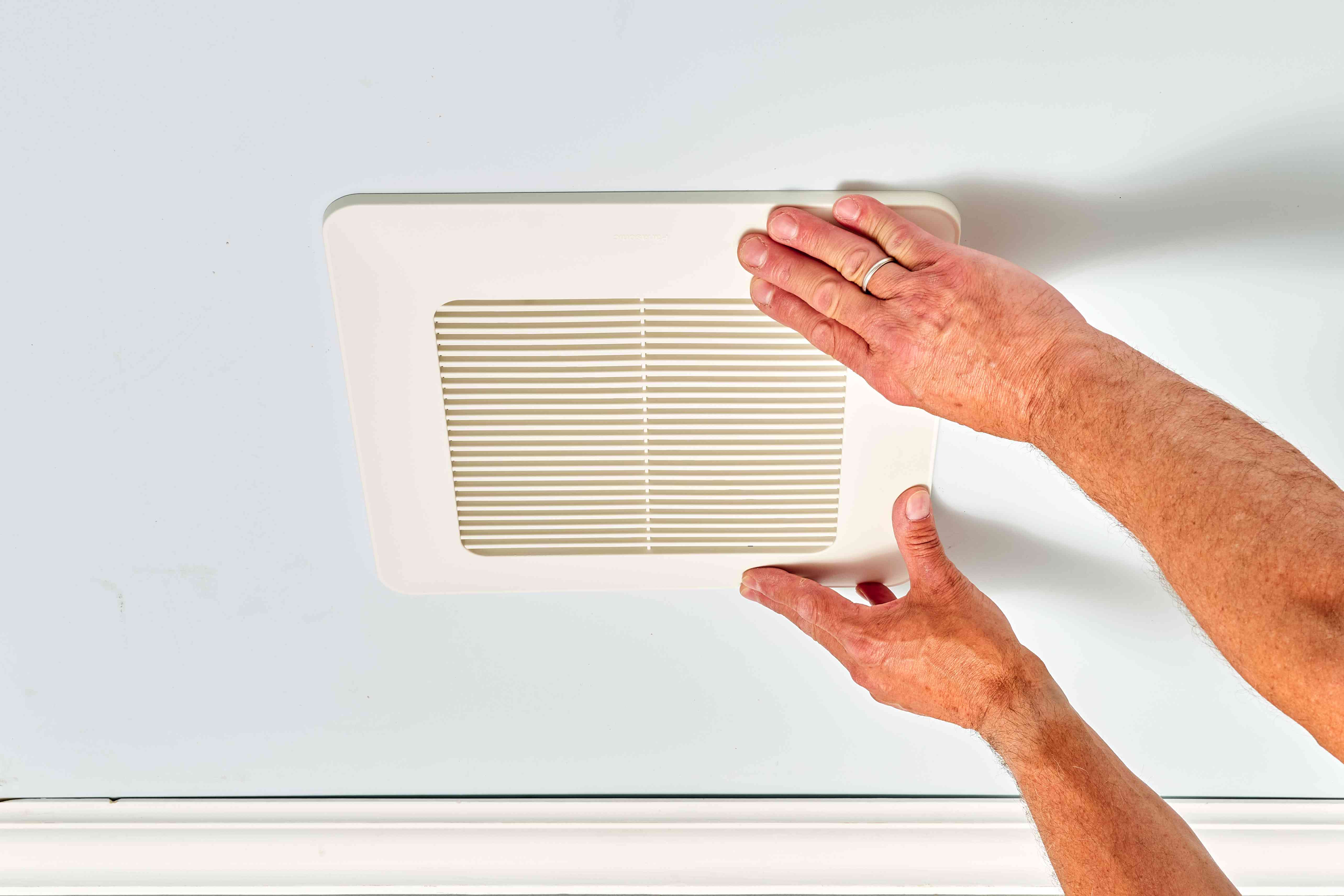
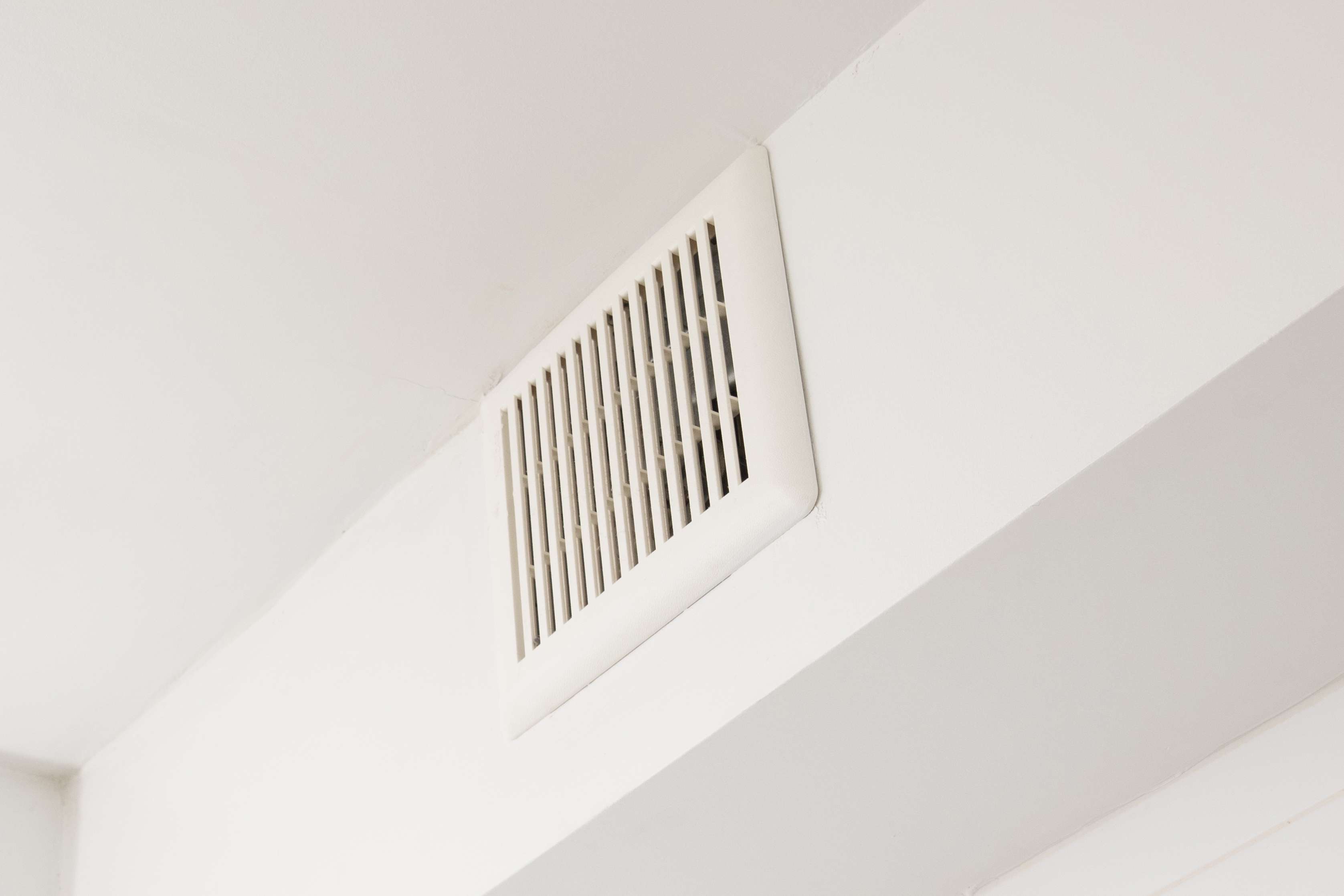
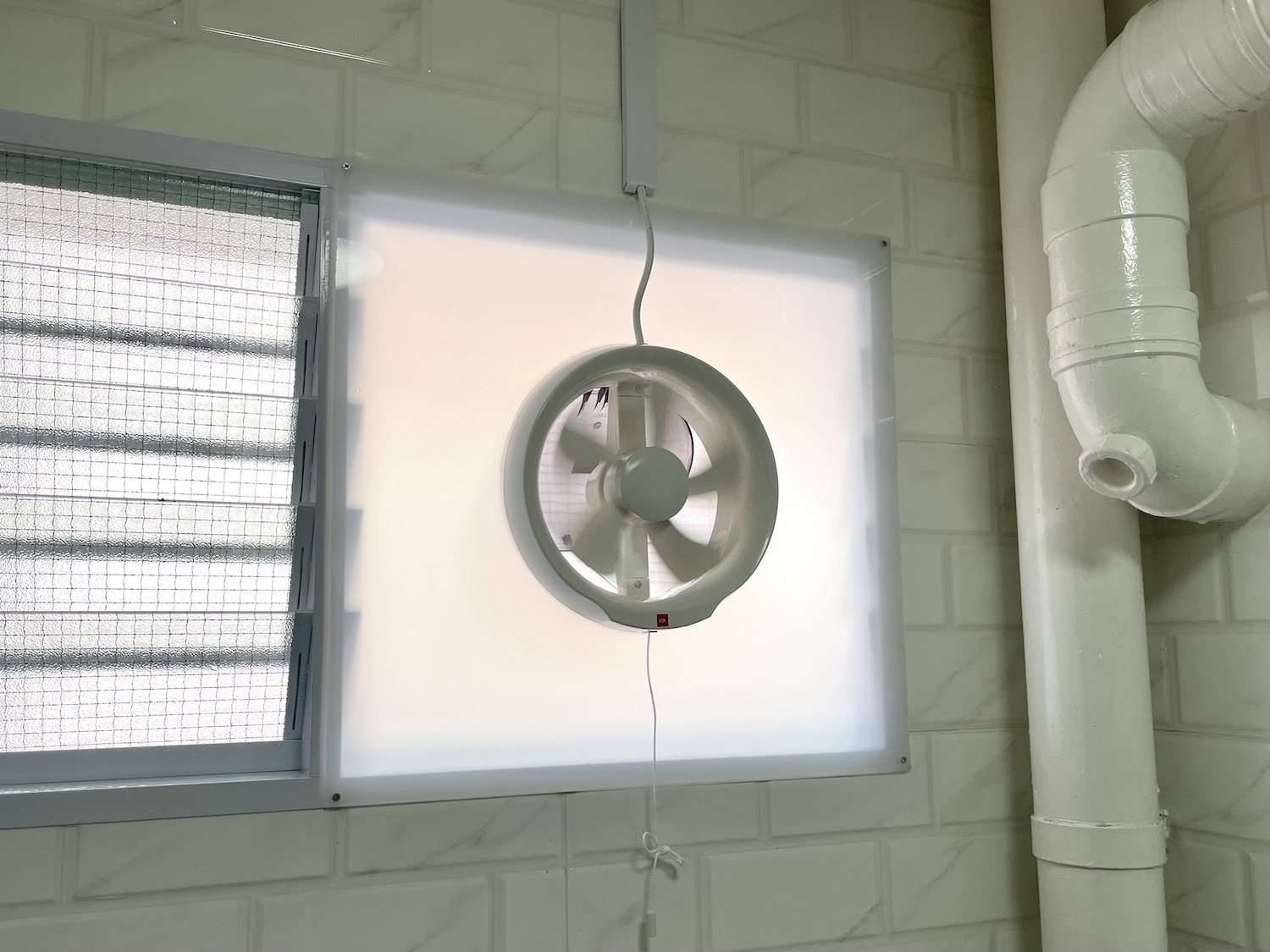
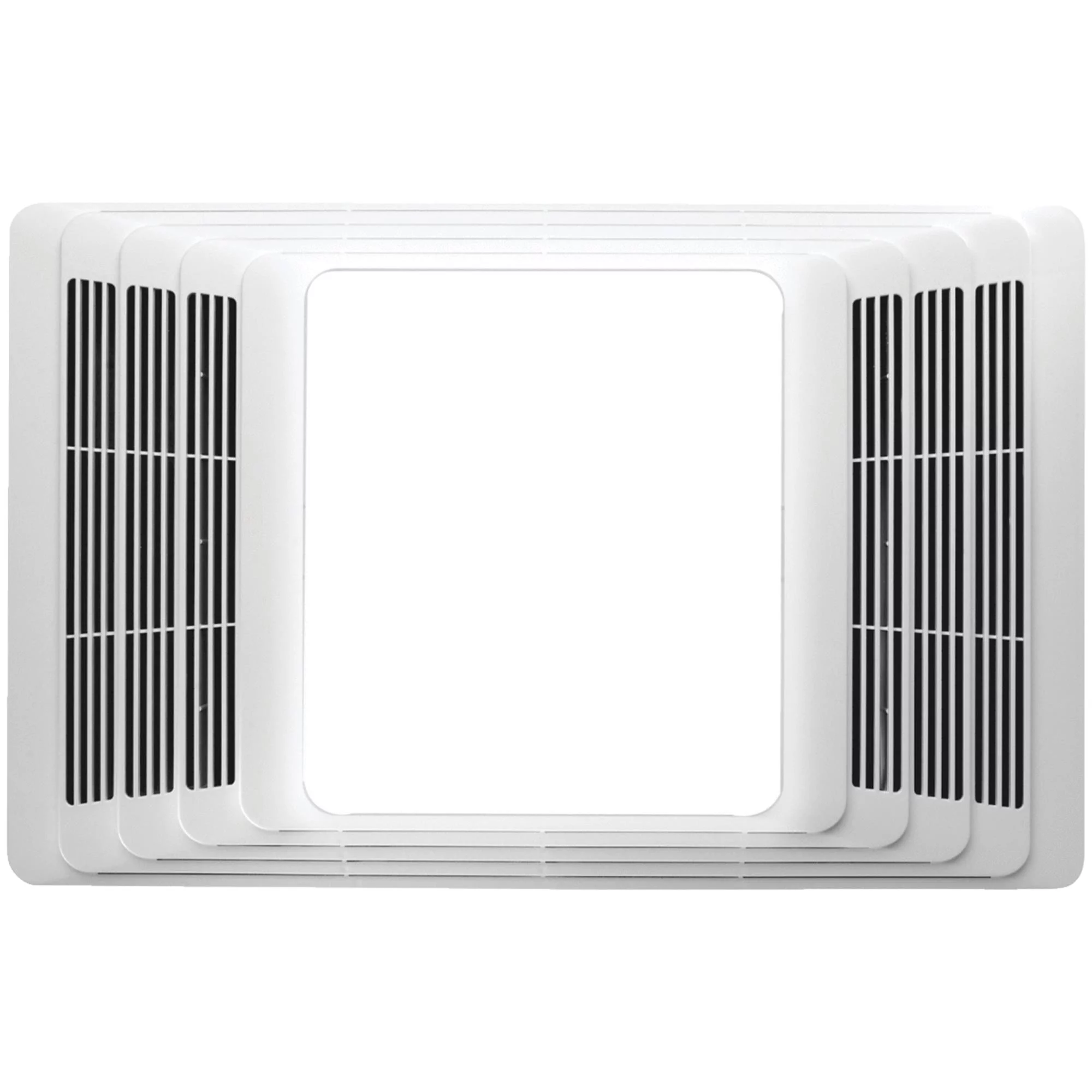
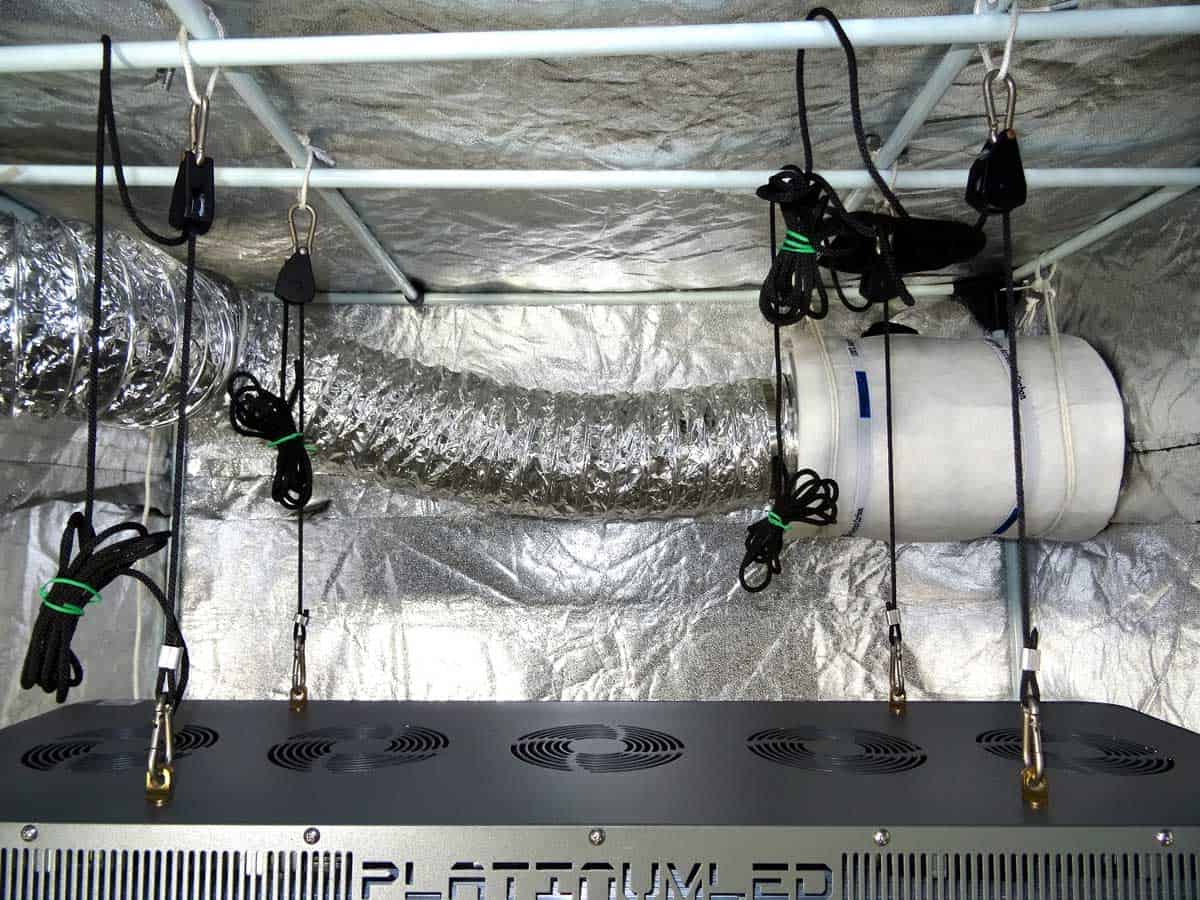
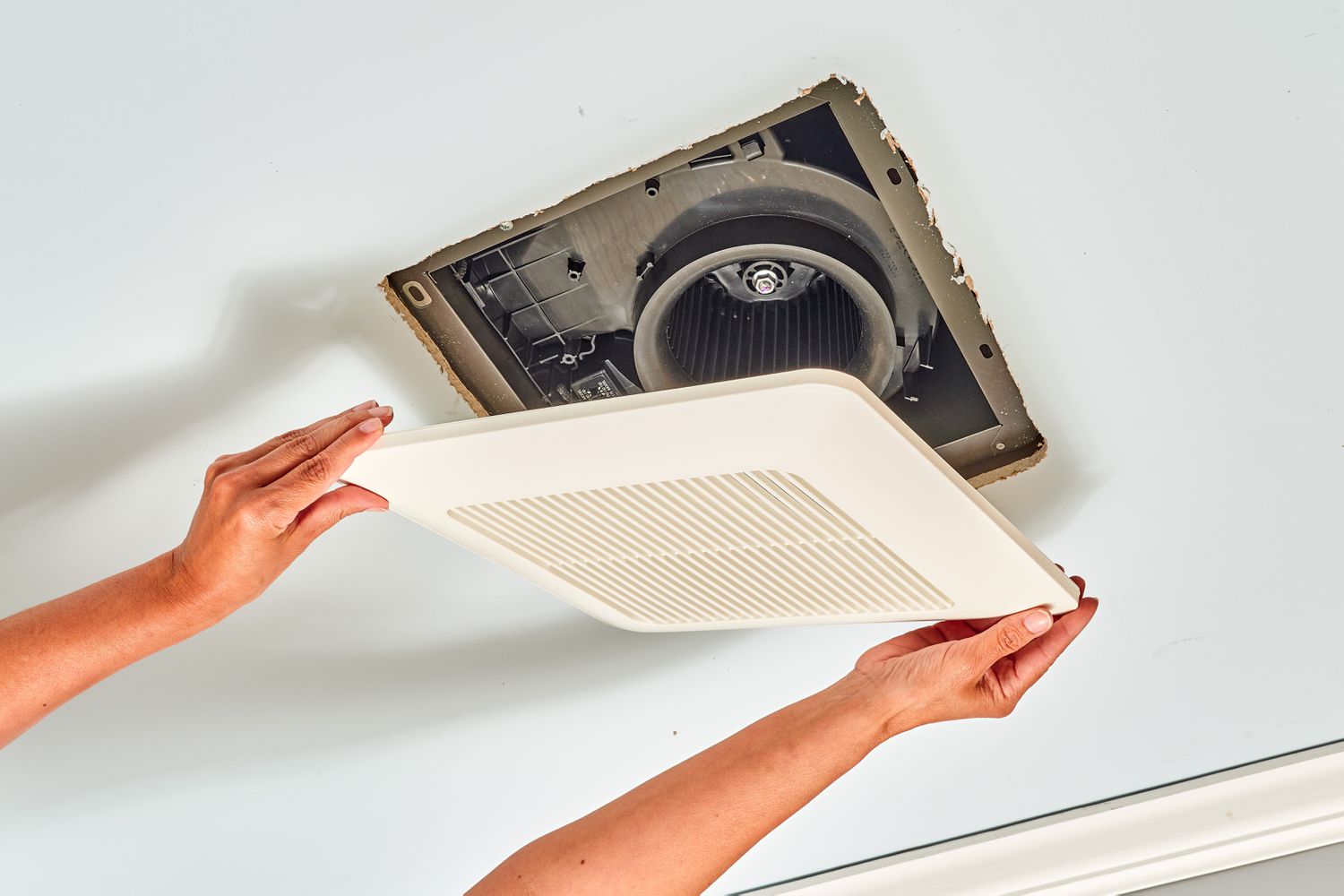
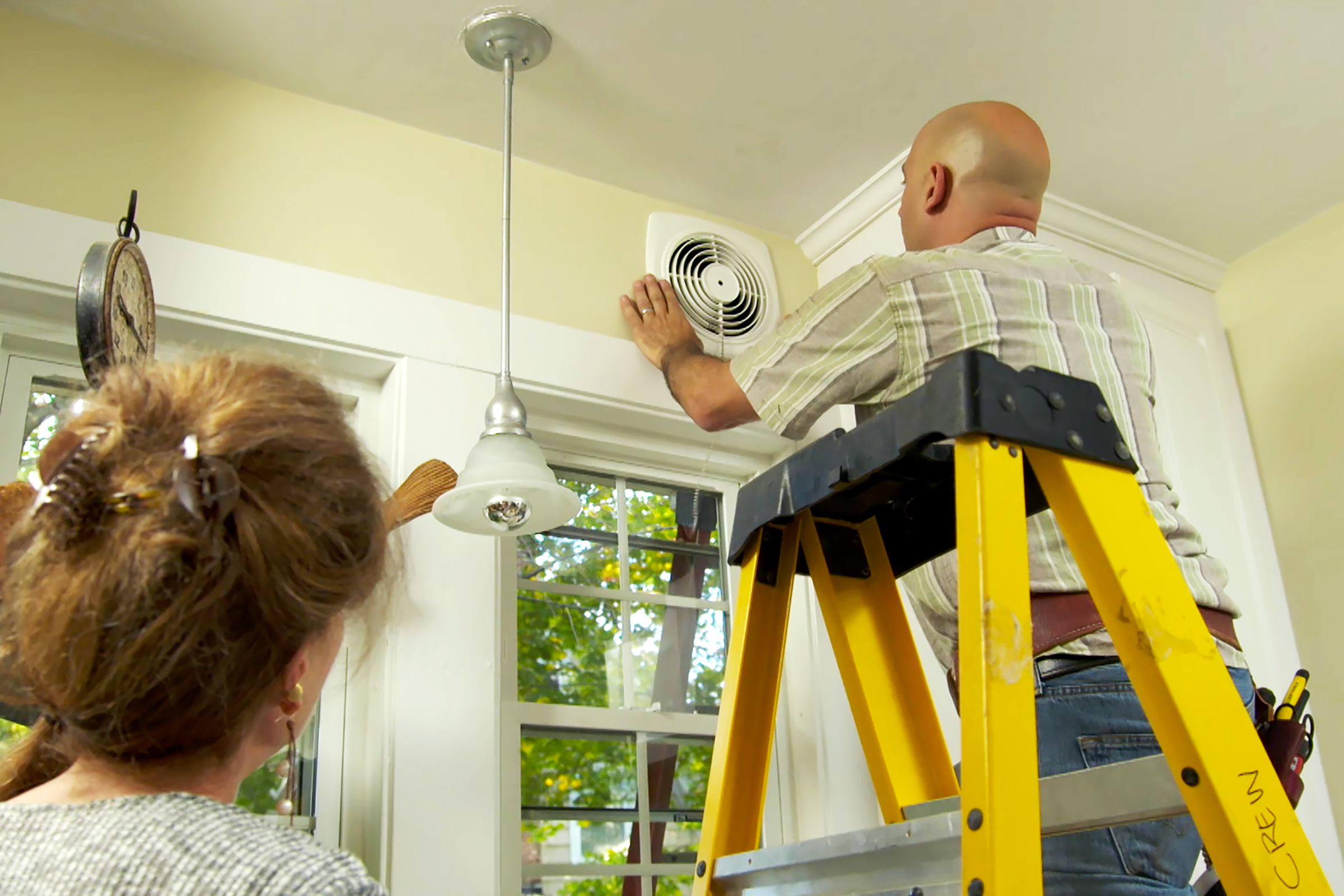
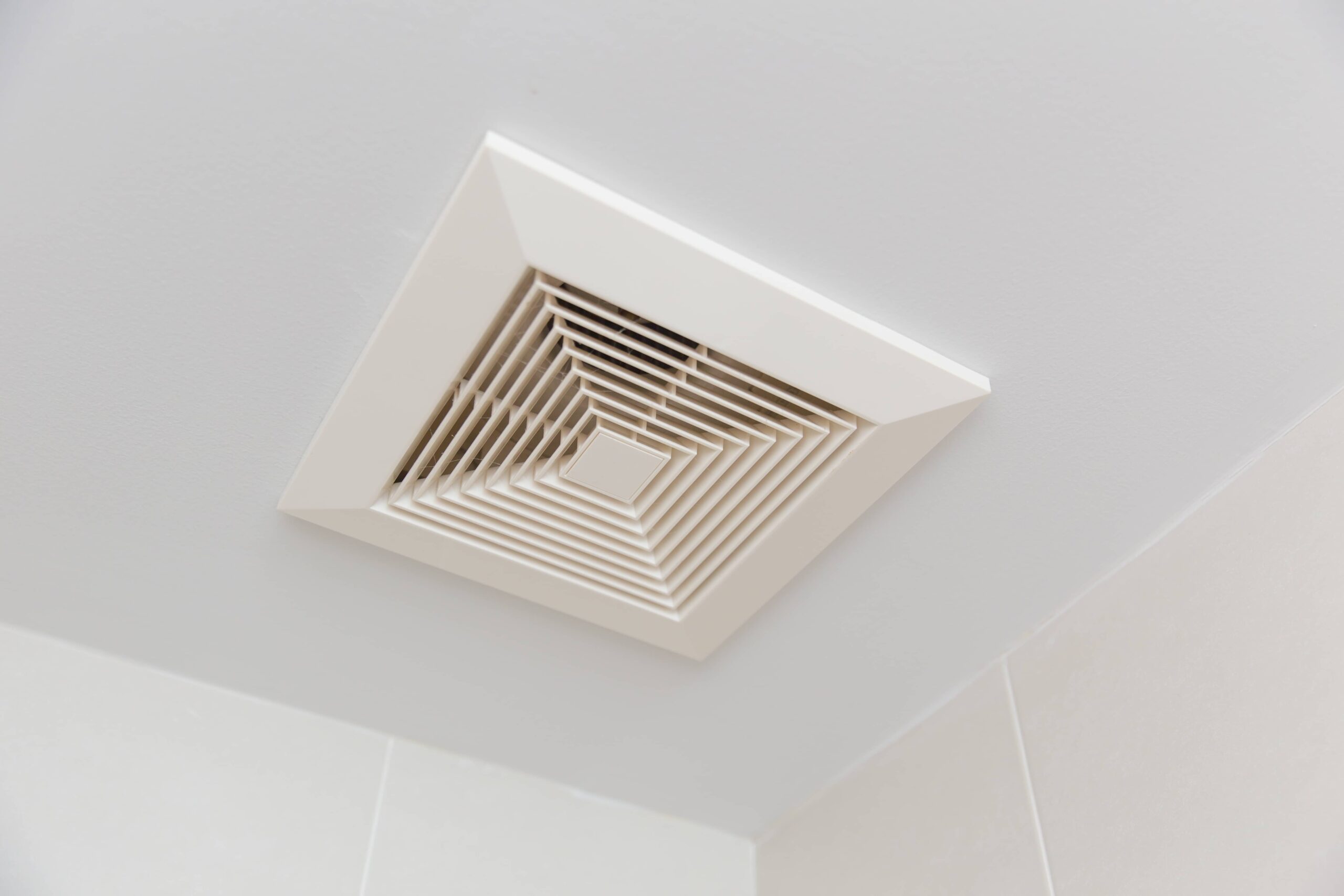
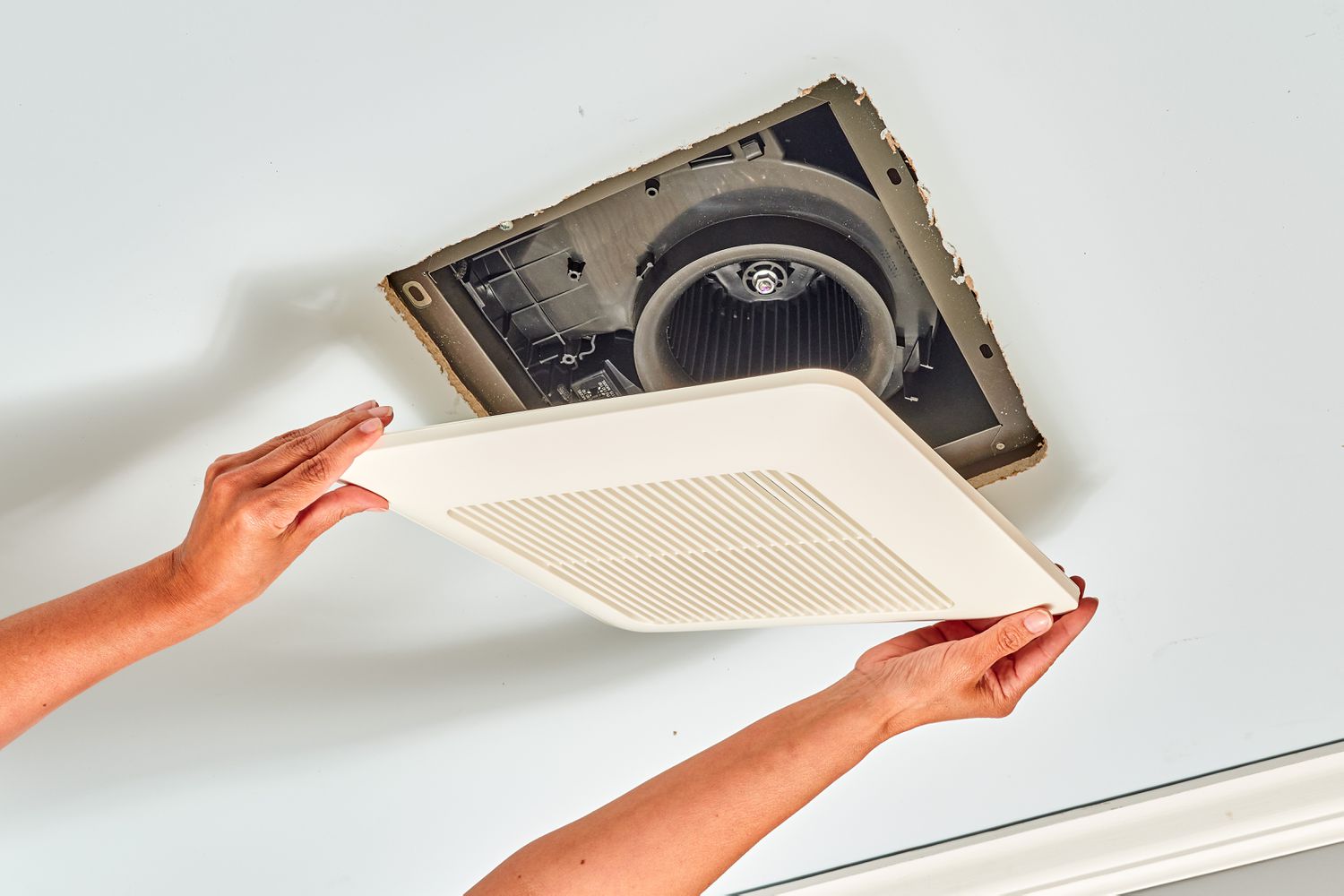
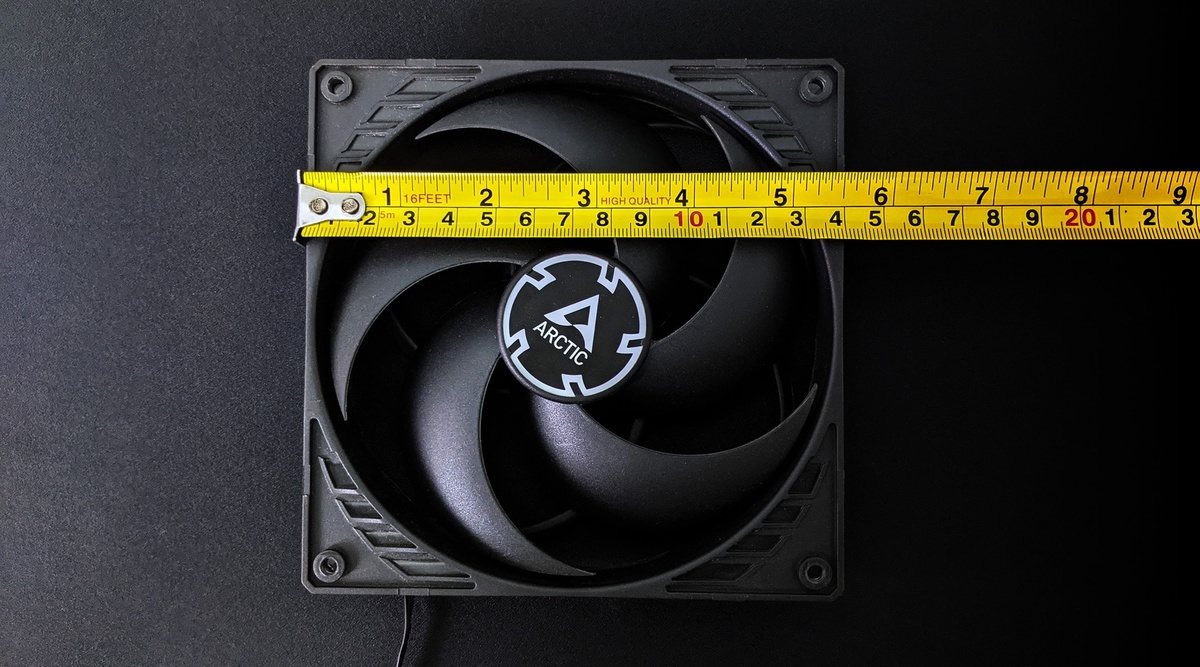
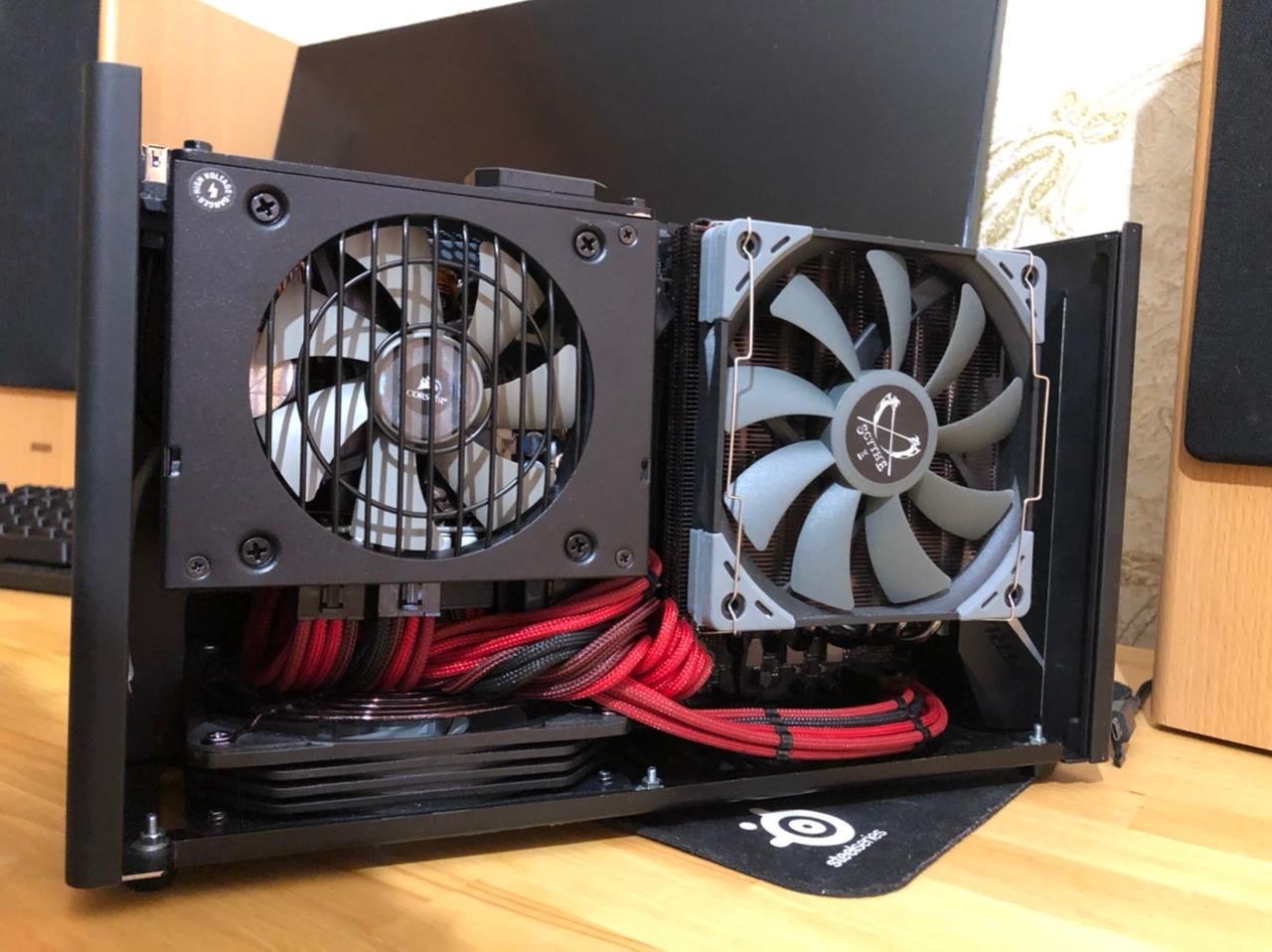
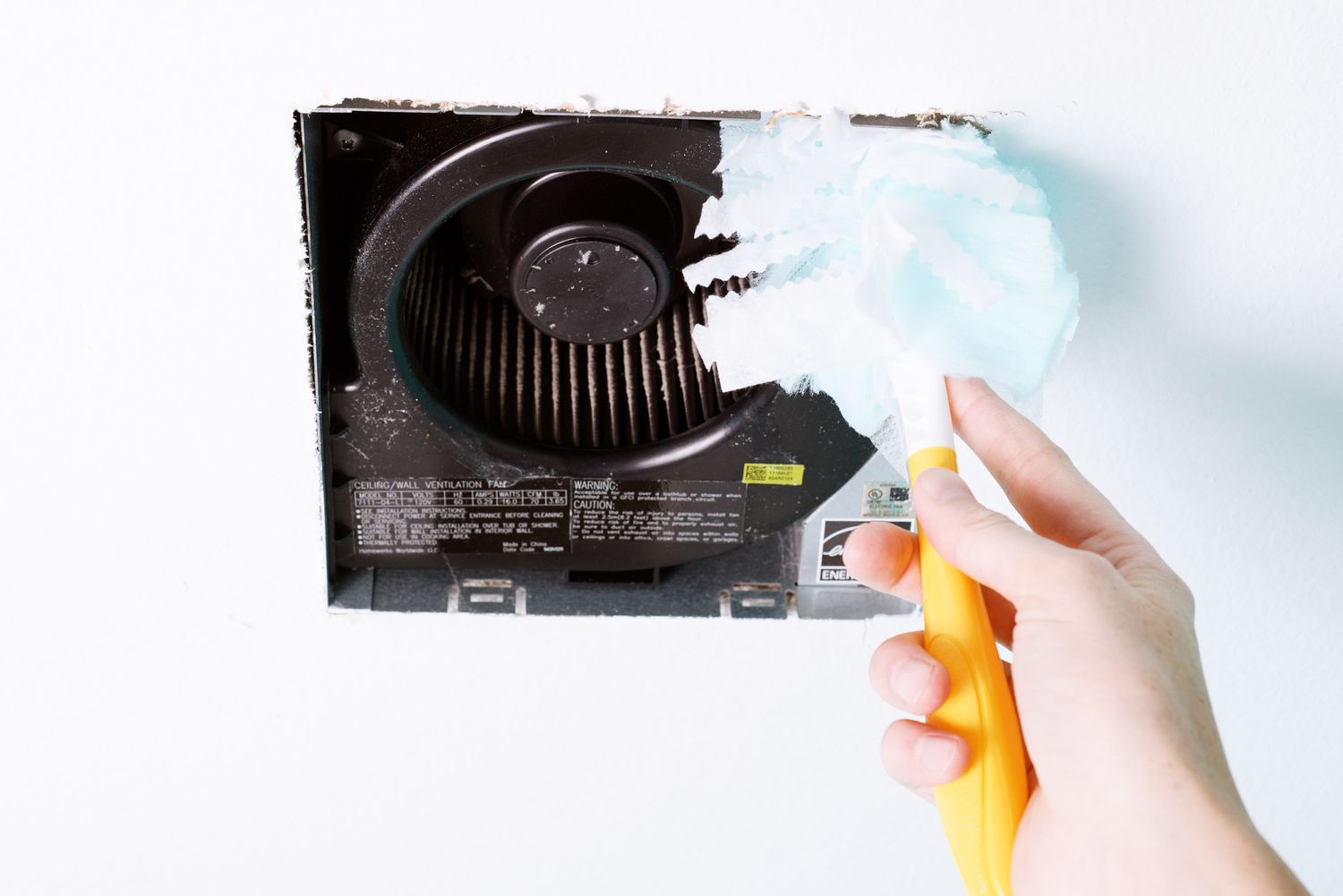
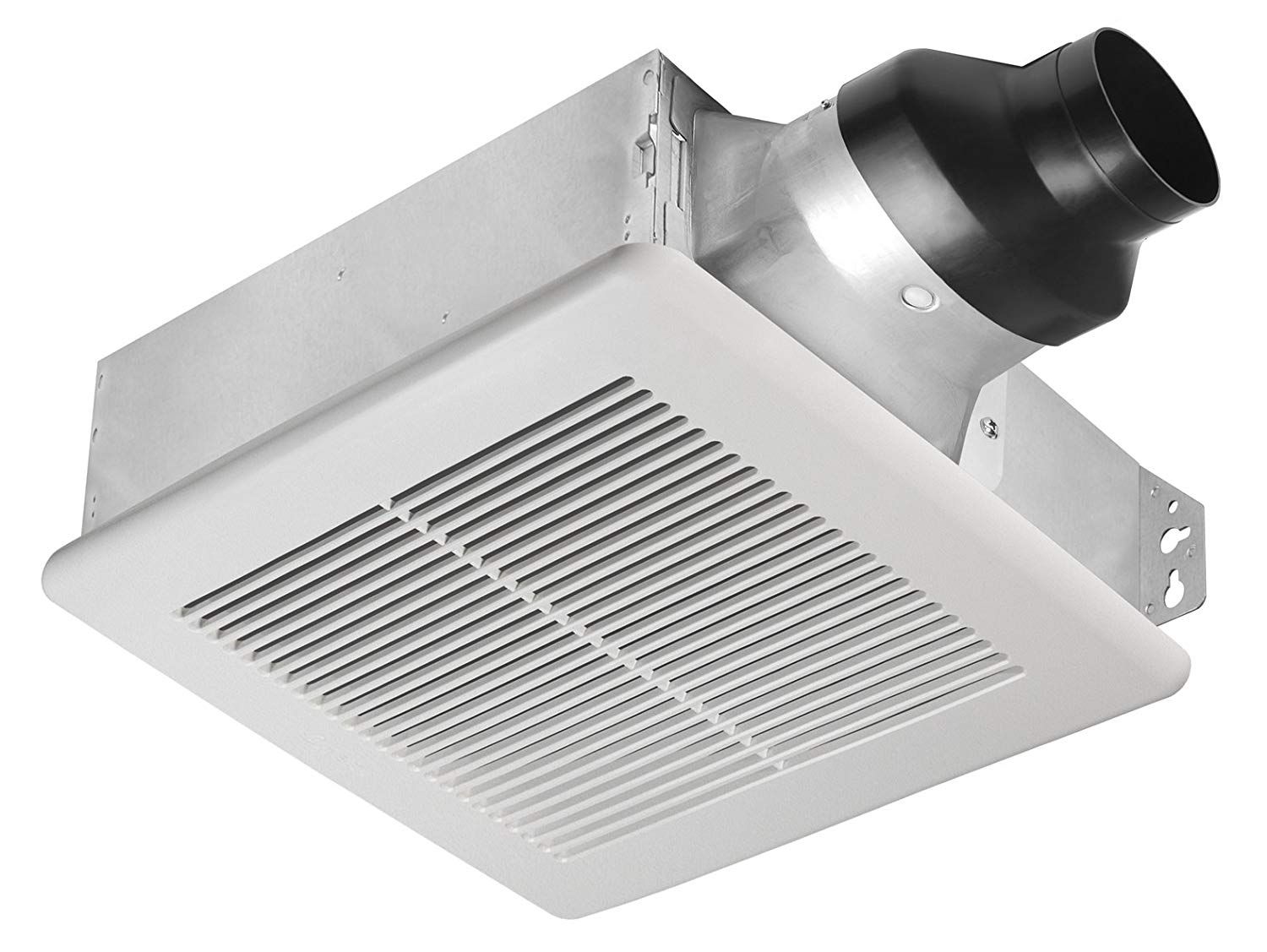

0 thoughts on “How To Wire Up A Bathroom Exhaust Fan”